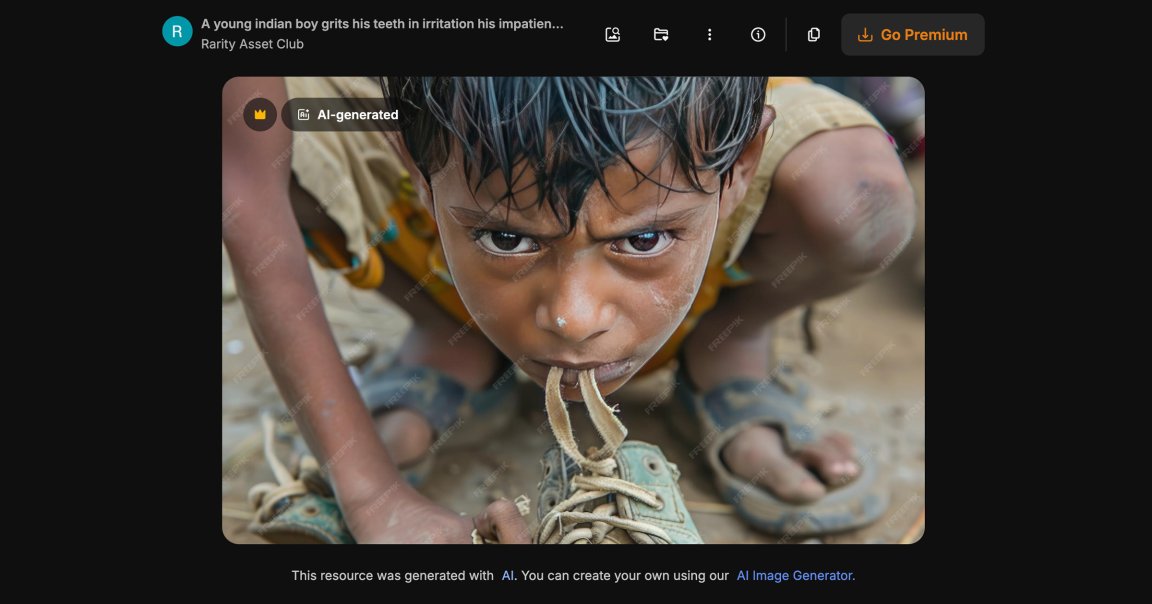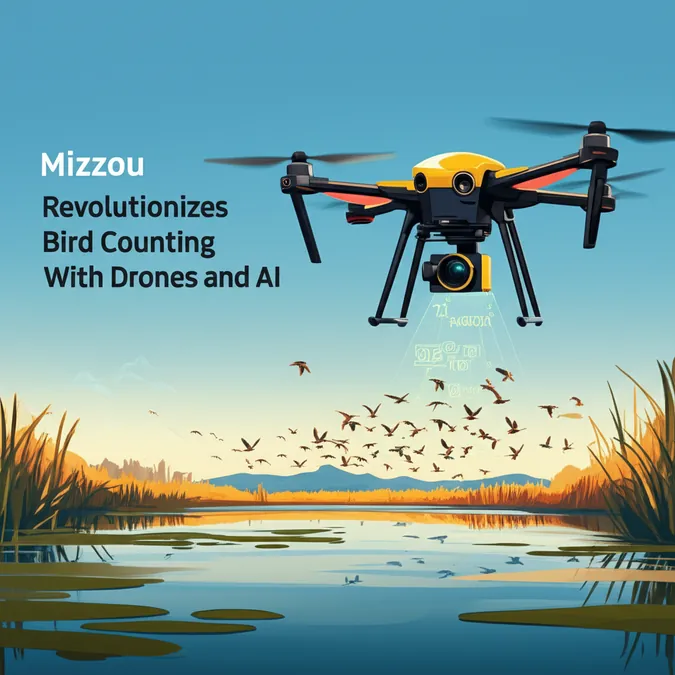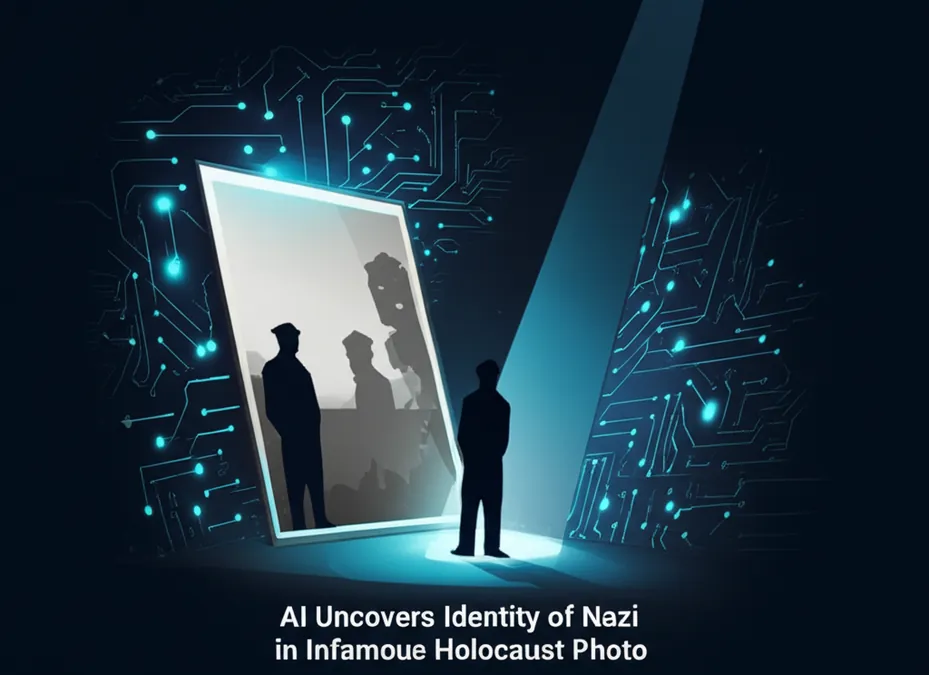Developer Offer
Try ImaginePro API with 50 Free Credits
Build and ship AI-powered visuals with Midjourney, Flux, and more — free credits refresh every month.
AI Poverty Porn A New Ethical Crisis For Charities
A Disturbing New Trend in Fundraising
The images are designed to shock: emaciated children in mud, volunteers surrounded by starving people, and refugees clutching empty bowls. But these gut-wrenching scenes have a secret—they are not real. A troubling new phenomenon has emerged where leading non-government organizations are using artificial intelligence to create these hyper-realistic, yet completely fabricated, images of suffering to fuel their fundraising campaigns, as highlighted in a recent report by The Guardian.
 Freepik (Screenshot)
Freepik (Screenshot)
This practice involves generating heavily racialized and stereotypical depictions of poverty, violence, and climate disasters to elicit donations.
Welcome to Poverty Porn 2.0
Arsenii Alenichev, a researcher at the Institute of Tropical Medicine, calls this new wave of AI-generated suffering "poverty porn 2.0." In a commentary published in The Lancet, he explains that these images perfectly "replicate the visual grammar of poverty — children with empty plates, cracked earth, stereotypical visuals."
This new phase is a step beyond the original concept of "poverty porn," a term first used in 2007 to describe the use of voyeuristic photos of real people in distress to shock viewers in wealthier nations into donating. With poverty porn 2.0, the subjects themselves are now a fantasy, allowing organizations to sidestep the financial and ethical hurdles of documenting actual suffering.
Why Fake It When Suffering Is Real?
According to Alenichev, the move towards synthetic imagery is driven by convenience. "It is quite clear that various organizations are starting to consider synthetic images instead of real photography, because it’s cheap and you don’t need to bother with consent and everything," he told The Guardian.
The researcher has compiled a collection of over 100 synthetic images used by charities. The examples are widespread, including the UK’s Plan International, which used AI-generated visuals for a campaign against child marriage, and even the United Nations, which reportedly used AI to create "re-enactments" of sexual violence.
The Deep Irony of AI-Generated Misery
The use of fabricated imagery is particularly jarring given the abundance of real poverty and suffering in the world. The irony is compounded by the fact that the AI technology enabling this trend is itself fueled by the very wealth inequality and environmental pollution that many of these charities claim to be fighting.
Instead of manufacturing fantasies of poverty, a more effective approach for these NGOs would be to stop and ask the fundamental questions about why people remain poor in the first place, addressing the root causes rather than simulating the symptoms.
Compare Plans & Pricing
Find the plan that matches your workload and unlock full access to ImaginePro.
| Plan | Price | Highlights |
|---|---|---|
| Standard | $8 / month |
|
| Premium | $20 / month |
|
Need custom terms? Talk to us to tailor credits, rate limits, or deployment options.
View All Pricing Details

